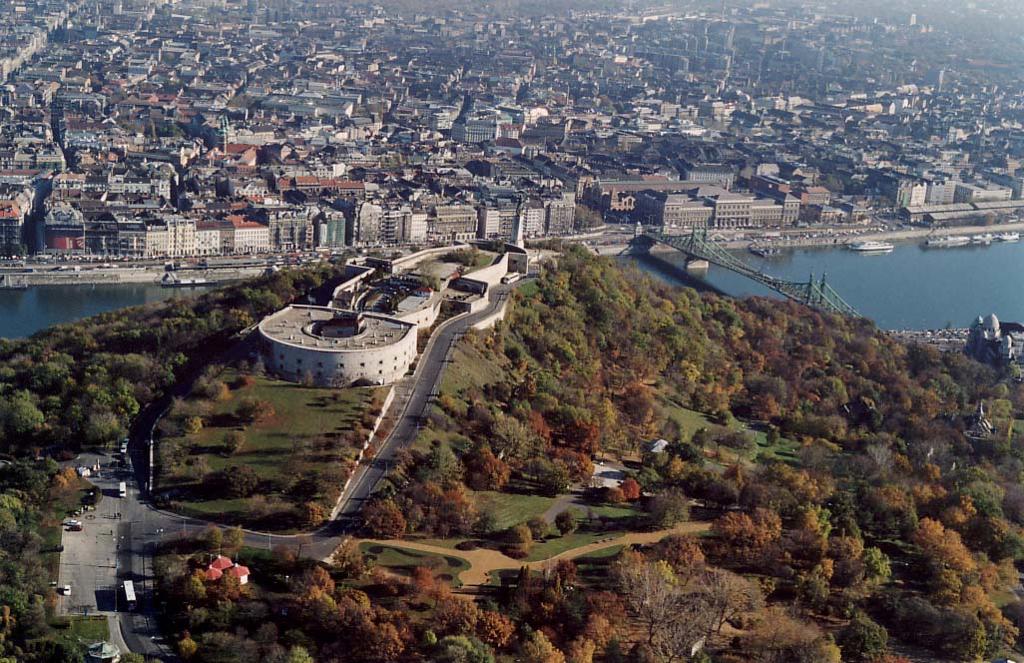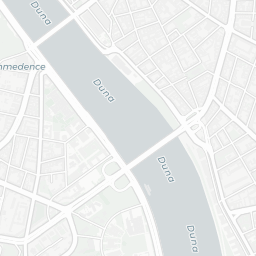About Citadella
The Citadella rises atop Gellért Hill, offering sweeping views of Budapest. Its long, fortress-like walls stretch across the hill’s crest, blending into the natural landscape. Built from pale stone, the structure exudes strength and resilience. Below, the Danube River winds through the city, with the iconic Chain Bridge and Parliament building visible in the distance. The Liberty Statue, a towering figure holding a palm leaf, stands nearby, symbolizing freedom and peace.
Constructed in 1854 by the Habsburgs, the Citadella was designed to control the city after the Hungarian Revolution of 1848. Its strategic position on Gellért Hill allowed for surveillance of both Buda and Pest. Though it never saw significant military action, the fortress became a symbol of oppression for many Hungarians. Today, it serves as a historical site and a popular viewpoint, connecting Budapest’s turbulent past with its vibrant present.
Marks of History
The Citadella’s walls bear the weight of history. Originally built to house Austrian troops, the fortress later served various purposes, including a military barracks and a prison. During World War II, it became a key defensive position for German forces. Bullet holes and scars from the war remain visible, offering a stark reminder of the city’s struggles. After the war, Soviet forces used the site, further embedding it in Hungary’s complex history of occupation and liberation.
Plan your perfect trip to Budapest with Travo! Download now and start exploring.
The Liberty Statue
Standing near the Citadella, the Liberty Statue is one of Budapest’s most recognizable landmarks. Erected in 1947, it originally commemorated Soviet liberation from Nazi forces. The statue’s meaning has evolved over time, now representing freedom and independence for all Hungarians. The figure’s outstretched arms and the palm leaf she holds convey hope and peace, contrasting with the fortress’s more somber history.
Architectural Features
The Citadella’s design reflects its military purpose. Its long, rectangular layout and thick stone walls were built to withstand attacks. The fortress includes bastions and gun emplacements, though these were rarely used. The simplicity of its architecture emphasizes function over form, yet its commanding presence atop Gellért Hill makes it a striking feature of Budapest’s skyline. The surrounding pathways and terraces now invite visitors to explore and enjoy the panoramic views.
Stories in Stone
Every corner of the Citadella tells a story. The fortress’s main gate, once a point of control, now welcomes visitors eager to learn about Budapest’s past. Plaques and exhibits within the site detail its history, from the Habsburg era to modern times. The stones themselves, weathered by time and conflict, stand as silent witnesses to the city’s resilience. Visitors often pause to touch the walls, connecting physically with the history they represent.
Present-Day Significance
Today, the Citadella is a place of reflection and recreation. Locals and tourists alike come here to enjoy the views, take photographs, and learn about Budapest’s history. The site hosts cultural events and exhibitions, blending its historical significance with contemporary life. As the sun sets over the city, the Citadella transforms into a peaceful retreat, offering a moment of quiet amid the bustling capital. Its dual role as a historical monument and a modern gathering place ensures its continued relevance in Budapest’s cultural landscape.

Location
1 Citadella sétány, 1118, Budapest





